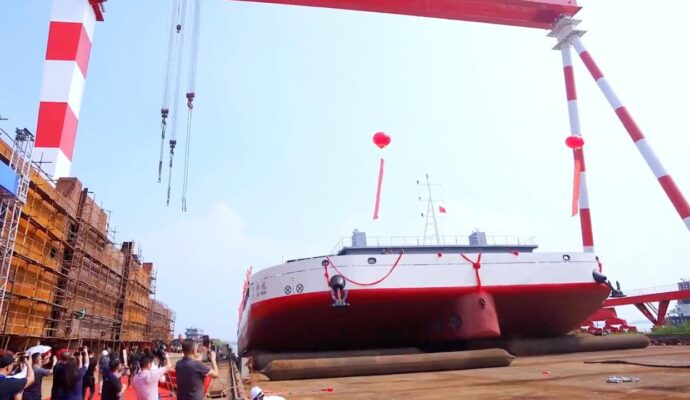Advertisement
New research shows that despite many Chinese cities increasingly being hit by extreme rainfall, the volume of water in China’s rivers has fallen over 60 years, particularly in the country’s north.
The researchers found that from 1956 to 2016, some 756 – or 72 per cent – of the 1,046 hydrological stations in China reported a decline in run-off, with 593 stations showing a decrease of less than 40 per cent and 163 stations showing a drop of more than 40 per cent.
The study was led by the Key Laboratory of Water Cycle and Related Land Surface Processes at the Institute of Geographic Sciences and Natural Resources Research, the Chinese Academy of Sciences, with the team’s findings published in the journal Science Advances on Thursday.
According to the paper, China has more than 1,500 rivers that have a drainage area exceeding 1,000 sq km (386 square miles).
The authors said these rivers delivered more than 2,700 cubic kilometres of water each year to sustain 1.4 billion people, irrigate more than 120 million hectares (297 million acres) of farmland, and provide fresh water for the largest share of industrial output and food production in the world.
Advertisement



